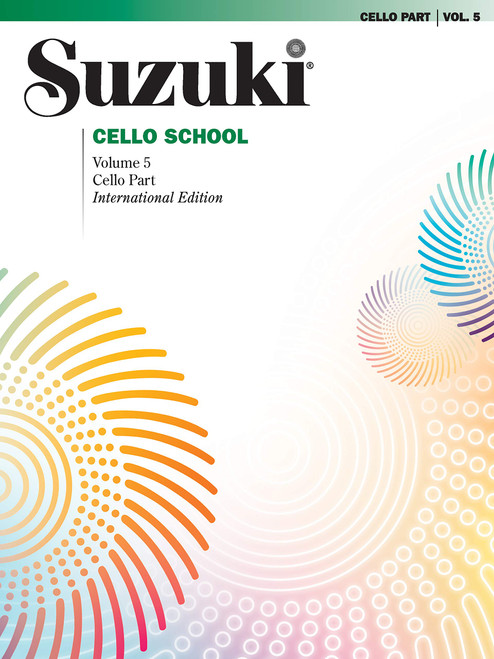Tenor Clef for the Cello teaches you to instantly recognize and play the notes in tenor clef, coming from bass clef. Much of the book focuses on the transition from bass to tenor clef on the cello, as well as the relationship between the two clefs. Who this book is for: Intermediate cellists who have learned to shift and are ready to learn the notes in the higher (5th through 7th) positions. While the first half of the book is in first through fourth positions, tenor clef is most often used on the cello in the higher positions. How to use this book: Play two pages at a time. Use the left-hand pages to learn one or two notes in tenor clef and then play the short pieces on the right-hand pages that use those notes. This will help cement your knowledge of the notes and help develop your cello sight-reading skills. Teachers: You can use this book as a method for teaching tenor clef to your students, preparing them for tenor clef found in many intermediate and advanced cello pieces, including Saint-Saens' Allegro Appassionato and The Swan, and Vivaldi's Cello Concerto in E Minor. F.A.Q. 1. Why are there so many clef changes? -There are a lot of clef changes! This was deliberate: it helps your brain practice seeing and recognizing the note that is being learned, over and over. Each clef change is a chance to teach and exercise your brain so that when you see tenor clef in your repertoire, it's natural to make the transition. 2. Why are the exercises sometimes not melodic? -I actually got this complaint in a review early on. The exercises are intentionally not melodic because the brain is so used to guessing how melodies will continue. Guessing won't help you learn. Most often, guessing produces an incorrect pathway in the brain and distracts from making a correct connection between what you see on the page and what you play. However, even though exercises are not melodic, they are not random. The notes were chosen specifically to help you approach tenor clef from different notes in bass clef. 3. Can't I just learn tenor clef by reading it in a piece? -Sure, but it doesn't work so well. That's how most of us who are teaching now learned tenor clef. I have to say, when my first student asked me what a note was in tenor clef, I drew a complete blank. That, and seeing my students struggle, was the impetus for writing this book. I have since taught tenor clef successfully to dozens of students using Tenor Clef for the Cello and it is an absolute joy to see them fluent in a clef I used to struggle to read. -Cassia Harvey
Tenor Clef for the Cello
$19.63 - $24.23
- UPC:
- 9780615783659
- Maximum Purchase:
- 2 units
- Binding:
- Paperback
- Publication Date:
- 3/9/2013
- Author:
- Harvey, Cassia
- Language:
- English: Published; English: Original Language; English
- Pages:
- 36












